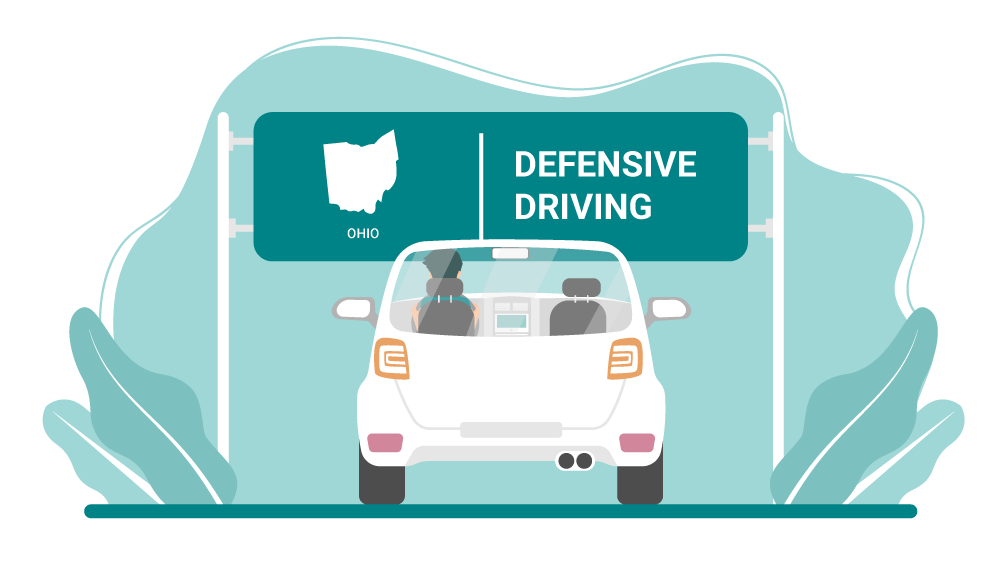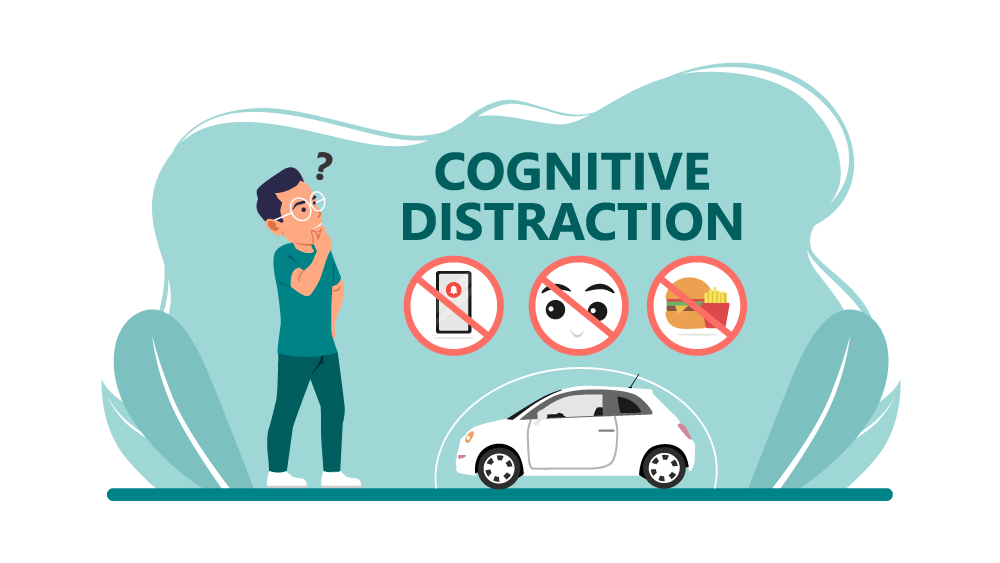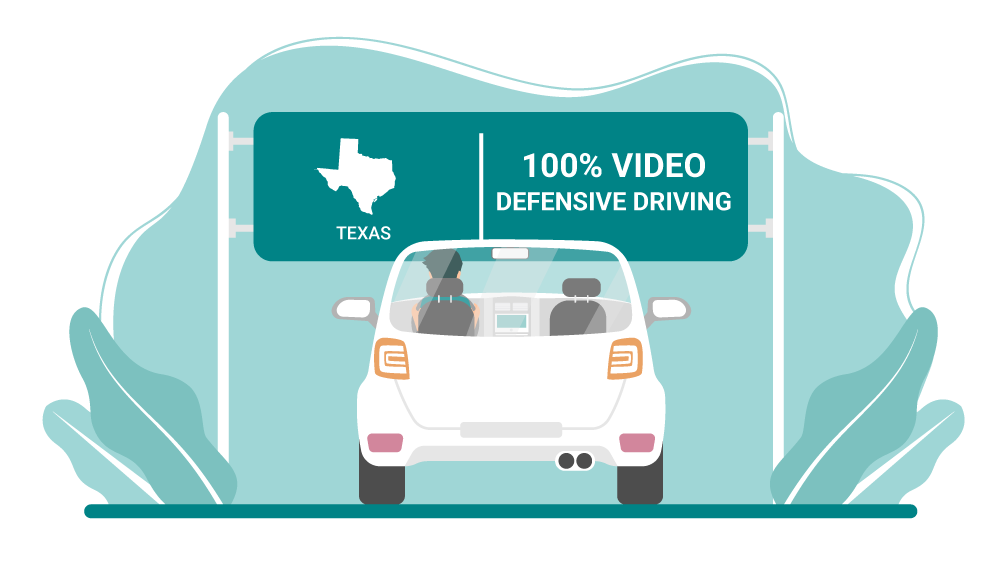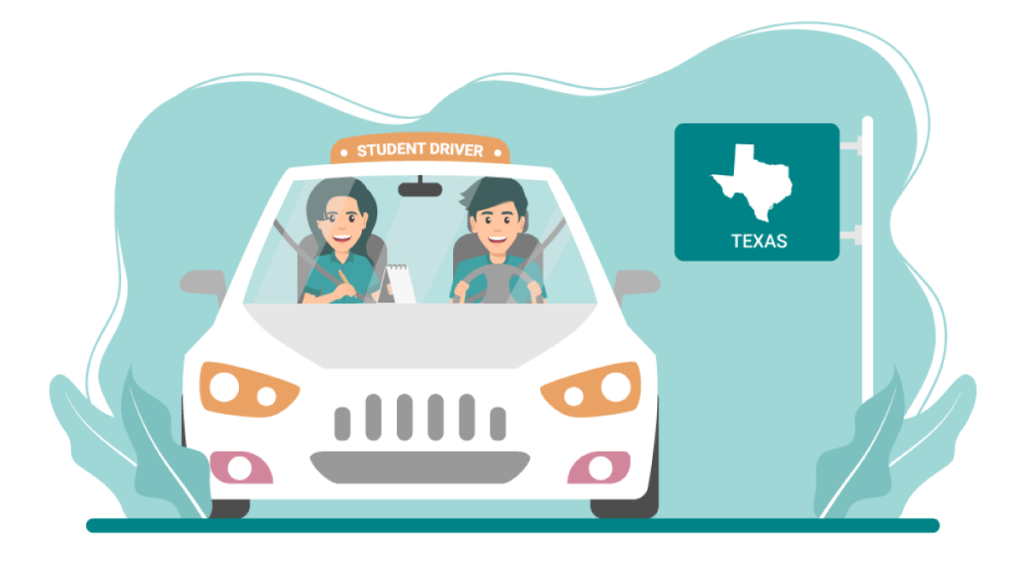Across the sprawling landscapes of the United States, home to 232.8 million drivers steering their way through bustling streets and quiet roads alike, mastering the art of driving etiquette transcends mere politeness—it becomes an essential skill for navigating the roads safely and respectfully. This is especially true in the Lone Star State, where nearly 18.3 million drivers contribute to the bustling traffic.
The number of vehicles on the road is ever-increasing, highlighted by the nearly 13.75 million new vehicles that found owners in 2022 alone. With such numbers, the importance of driving etiquette escalates, ensuring safety and harmony on the roads.
Driving Etiquette Starts with Unimpaired Driving
Safety begins with sobriety. Driving under the influence dramatically increases the risk of accidents, even at a Blood Alcohol Concentration (BAC) of 0.05%, which is below the legal limit yet potentially lethal. The sobering statistic of alcohol-impaired driving resulting in 37 daily fatalities in the U.S. underscores the imperative of unimpaired driving for everyone’s safety.
Focus on the Road, Not on Your Phone
The digital age brings distractions that can be fatal. In 2021, distracted driving was a factor in 3,522 deaths in the U.S., making it clear that even a brief glance at your phone can lead to irreversible consequences. Keeping your eyes glued to the road is the cornerstone of safe driving.
Consider Your Passengers
Speed thrills but also terrifies. What feels like a leisurely drive to you might be a white-knuckle ride for your passengers. Respect their comfort levels and ensure everyone is buckled up for safety.
Follow the Three-Second Safe Following Distance Rule
Tailgating is not just rude; it’s dangerous. Maintaining a three-second gap between you and the vehicle ahead gives you ample time to react, preventing potential accidents and promoting a smoother flow of traffic.
Use Turn Signals Early On
Communication on the road is silent but vital. Using turn signals well in advance of making a move informs other drivers of your intentions, facilitating safer lane changes and turns. In Texas, signaling at least 100 feet before turning is not just courteous; it’s the law.
Use the Left Lane Only When Passing Slow-Moving Vehicles
The left lane is for passing, not cruising. Occupying it unnecessarily disrupts the flow of traffic and can lead to dangerous situations as faster vehicles attempt to overtake.
Merge Only When Your Vehicle is Up to Speed
Merging smoothly into traffic requires timing and speed. Ensure your vehicle is moving at a pace that matches the flow of traffic, and take turns with other drivers to avoid bottlenecks.
Don’t Use the Shoulder to Avoid Traffic
The shoulder is reserved for emergencies, not as a shortcut during rush hour. Misusing it can hinder emergency services and endanger lives.
Use Your Horn Only When Needed
Honking should be a tool for preventing accidents, not expressing frustration. Excessive honking contributes to noise pollution and can escalate tensions on the road.
Limit the Use of Your High Beams
High beams enhance visibility but can blind oncoming drivers. Use them judiciously, switching to low beams when other vehicles are in sight to prevent accidents.
Don’t be a Rubbernecker
Curiosity following an accident can create traffic jams and prevent emergency services from reaching the scene. Keep moving and allow professionals to do their work.
Keep Your Cool When There’s a Backseat Driver
Unsolicited driving advice can be distracting. Handle backseat drivers with humor and remind them that your focus must remain on the road for everyone’s safety.
Safe Driving = Courteous Driving
Embracing these principles of driving etiquette not only makes you a courteous driver but also a guardian of safety on the roads. By adopting these habits, you contribute to a safer, more harmonious driving environment for all.






